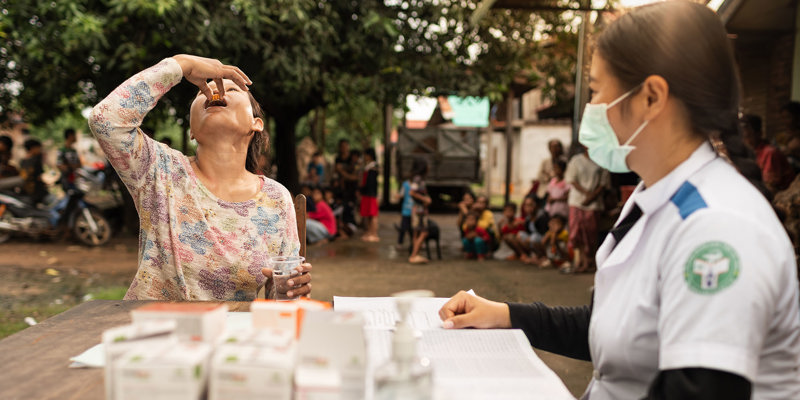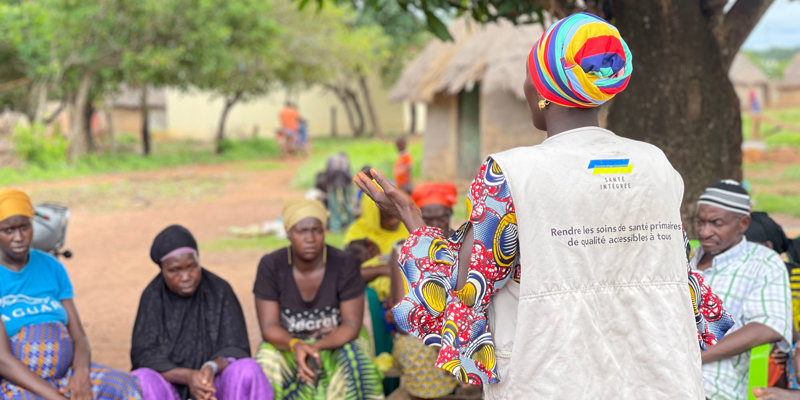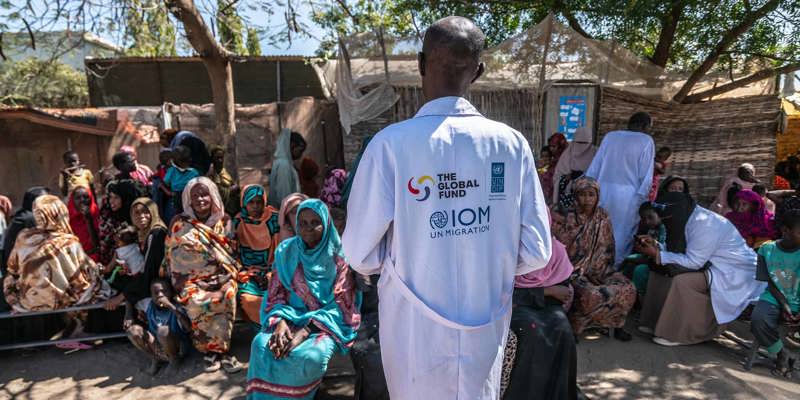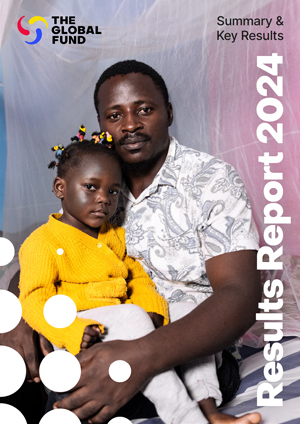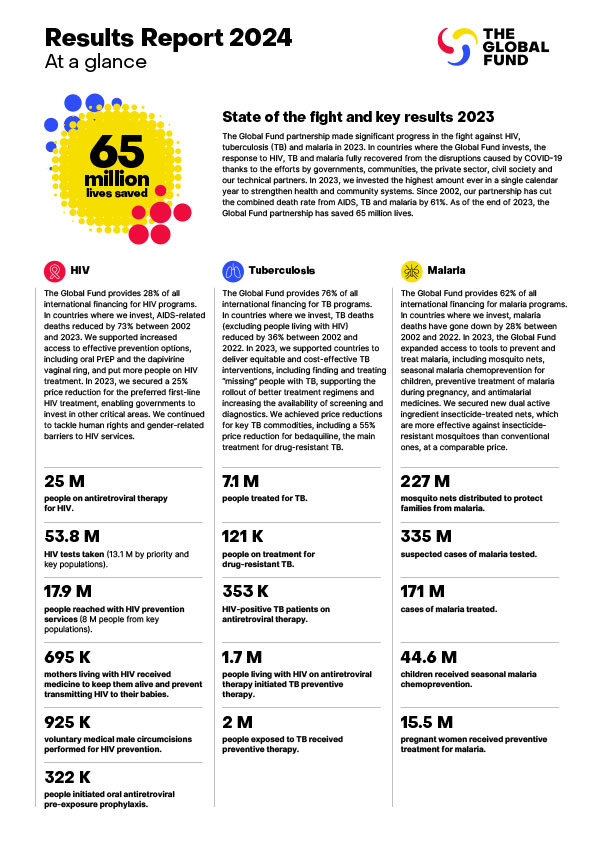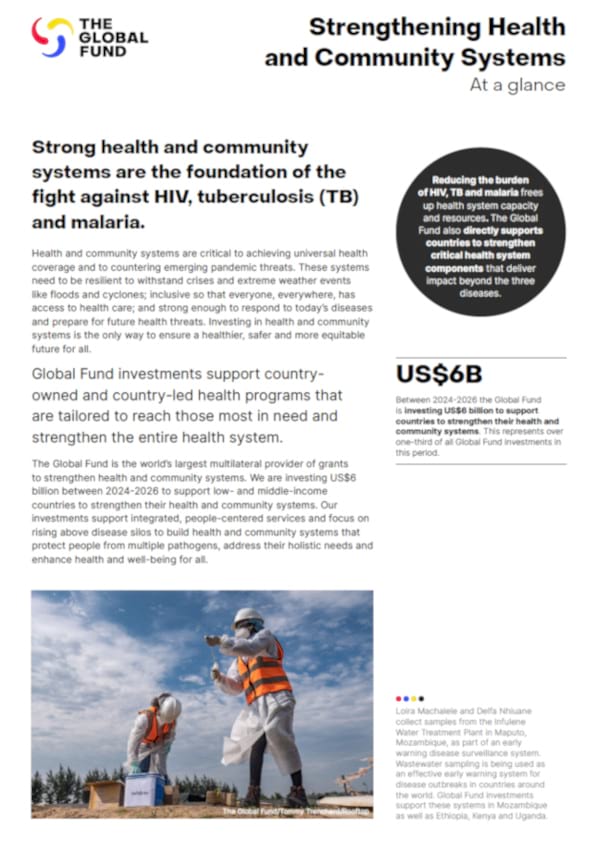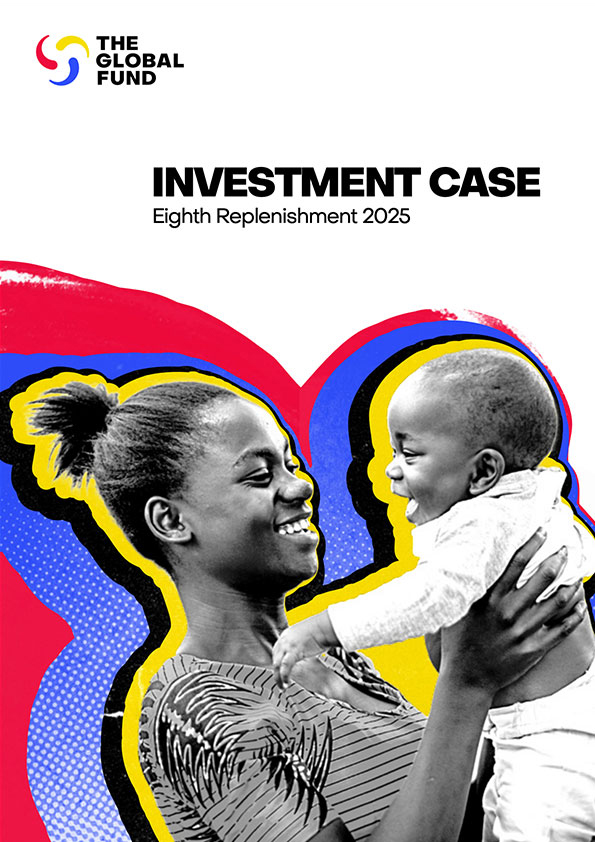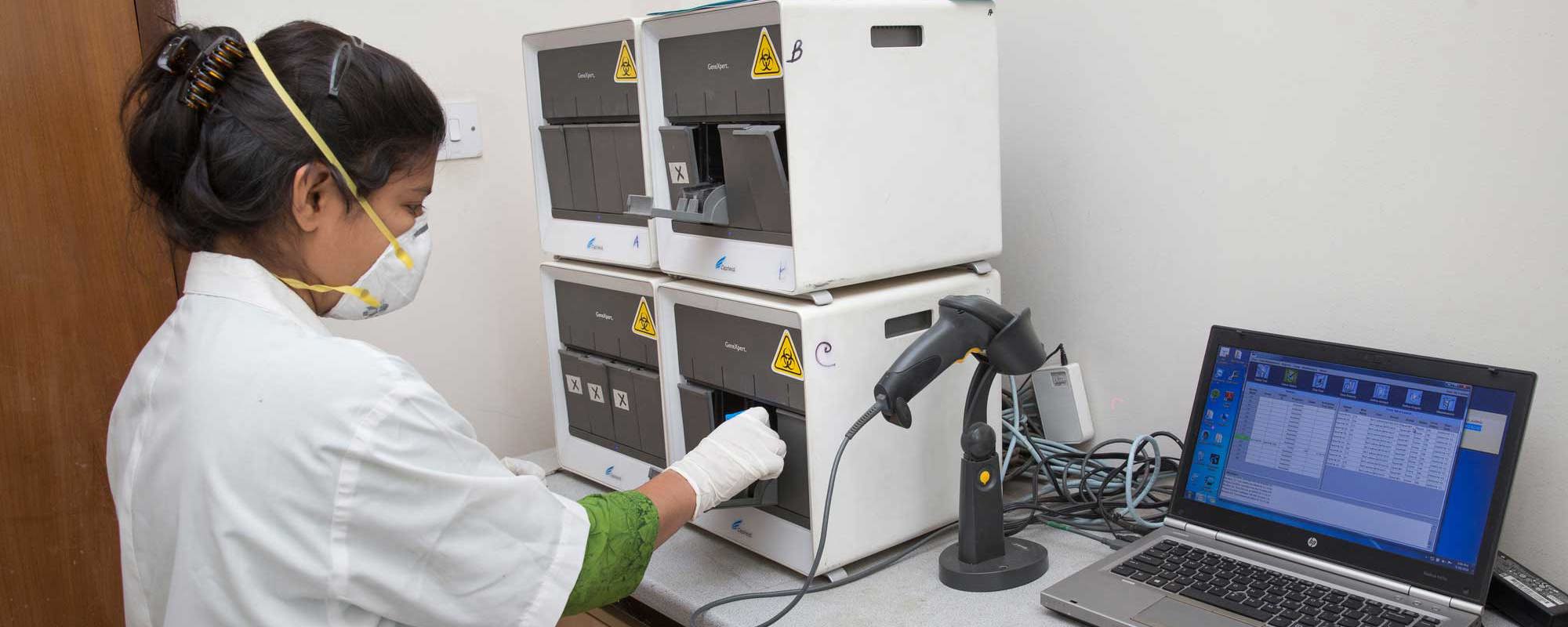

Bangladesh: Rapid Recovery of Tuberculosis Case Notifications
When the COVID-19 pandemic first hit Bangladesh, tuberculosis (TB) case notifications dropped by 22% between 2019 and 2020, an alarming decrease in one of the world’s 30 high-TB burden countries.
Despite this significant decline, the country achieved a quick return to pre-pandemic notification levels by the end of 2020, and notification rates exceeded targets for the first six months of 2021.
Key factors that supported Bangladesh’s successful recovery included strong leadership from the National TB Program (NTP), political advocacy to avoid any interruption to TB services (including through maintaining key TB staff), effective collaboration with partners, including BRAC, WHO and USAID, and working closely with communities and the private sector.
The NTP rapidly established guidance to manage TB services during the pandemic and educated staff on infection control and prevention measures.
Global Fund investments supported the distribution of personal protective equipment for health workers and community volunteers, the integration of COVID-19 messages into TB campaigns as well as increasing the number of community outreach events, including family and community counseling, sample collections and referrals.
Bangladesh also used investments to strengthen testing capacity for both TB and COVID-19. The NTP introduced simultaneous TB and COVID-19 testing using GeneXpert diagnostics machines at 71 sites along with rapid antigen testing across the country. Testing was further bolstered by introducing sample transportation boxes for field staff and by establishing sample collection booths in areas with a high concentration of people with TB symptoms.
If Bangladesh’s current performance continues and improves, national TB notification coverage will reach an all-time high, leading to an accelerated reduction in TB incidence and mortality. Lessons learned in Bangladesh can also be replicated in other countries where disruption in TB services have been high due to the pandemic.

